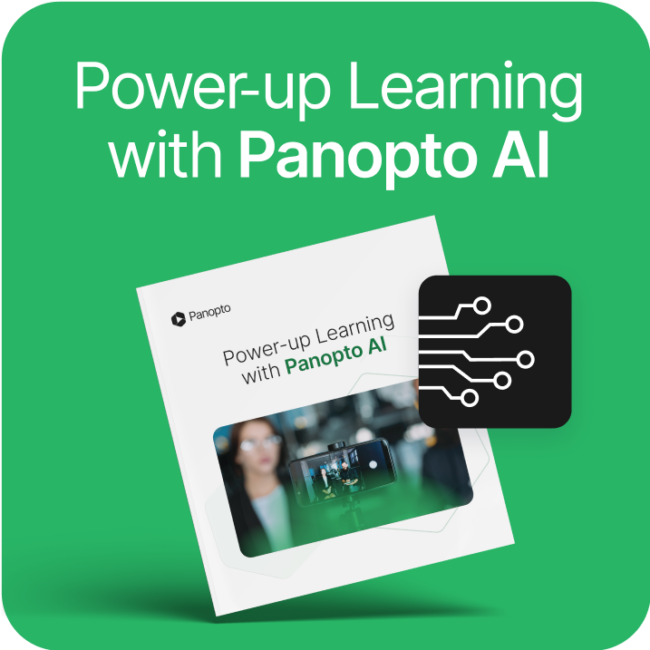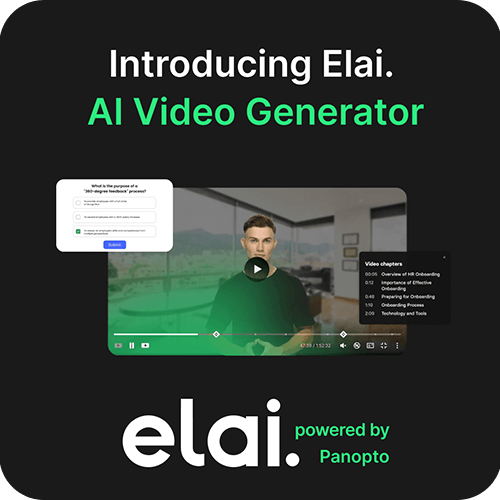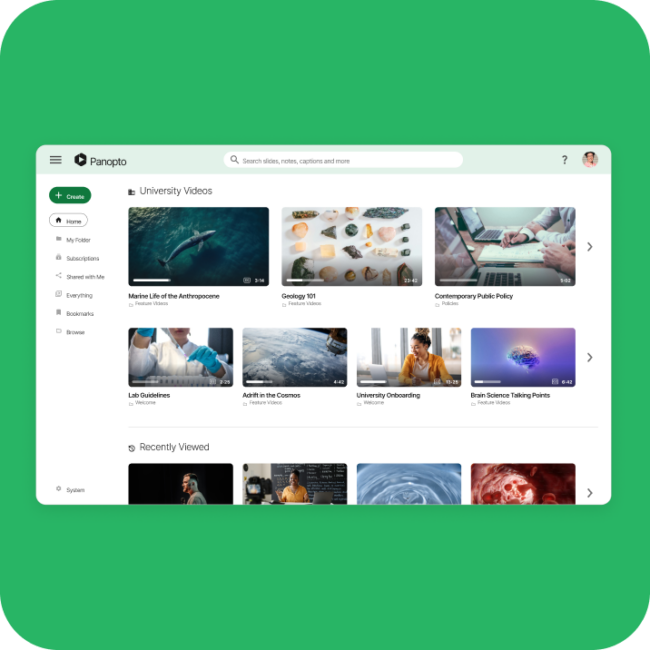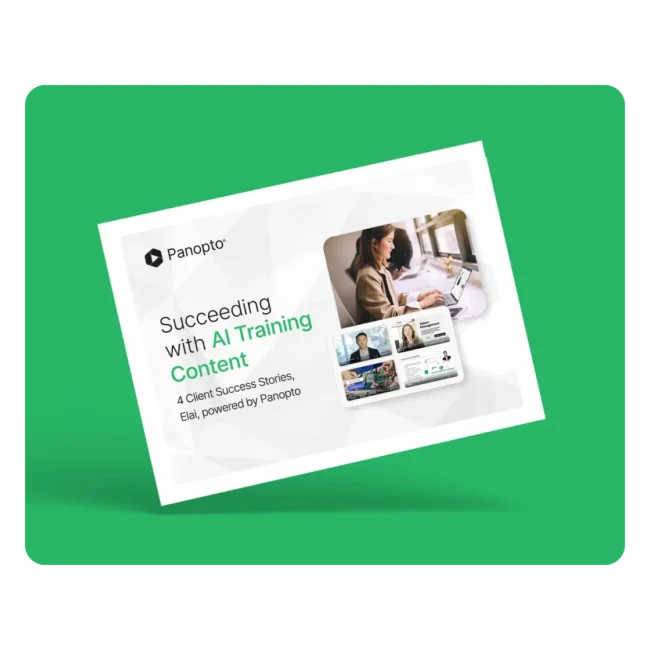- Higher Education
A Roundup of AI Implementation Policies in Higher Education

Universities are facing a challenge straight out of science fiction: how to deal with AI in education. AI tools hold incredible potential—think personalized lessons, automated feedback, and learning that’s more accessible than ever.
But this new frontier also brings up big questions. How does a learning institution maintain academic integrity when students ask a bot to write their essays? How do universities ensure AI is used ethically? And what’s the role of educators in this evolving landscape?
Policies regarding AI in education
Integrating AI into higher education is a complicated endeavor. Think about it. Professors suddenly have to become AI experts, figuring out if that essay is a student’s original work or something whipped up by a chatbot. No wonder 81% of university presidents admitted in early 2024 that they hadn’t yet nailed down their AI policies. Interestingly, in 2023, 99% of school leaders believed AI would be key to driving competitiveness in the future. The change has been thoughtful but slow.
But there is good news. The initial panic after ChatGPT hit the scene is fading. Universities are getting a handle on things. They’re realizing AI isn’t just a threat to academic integrity but a powerful tool that can actually improve teaching and learning.
The policies being developed and implemented can be divided into two major categories: academic integrity and pedagogical integration.
Academic integrity
Regarding AI in higher education, institutions’ policies focus heavily on academic integrity. The policies typically state that students would violate the institution’s honor code if they used an AI large language model or similar tool to draft their classwork. And it’s not just about whole essays.
Even rewording something you got from an AI tool like ChatGPT or Gemini is a no-go. At some schools, this prohibition is a default, allowing individual professors to deviate from the rules if they wish.
University leaders are implementing these policies to ensure students are actually learning and developing essential critical thinking skills. They want students to grapple with the material, form their own arguments, and do the hard work of writing. The result is that the student’s degree will genuinely reflect their knowledge and abilities, not just the skills of a fancy algorithm.
Teaching with AI in Higher Education
Now, here’s where things get interesting. Some universities are realizing that AI in higher education isn’t just something to be policed. They want AI to be a vital part of learning in the 21st century! To achieve that objective, they’re stepping up and giving professors the tools they need to teach students about AI and the ethics involved with its use. In this decentralized model, professors develop their own individual policies that students must follow.
Many institutions consider AI to be a critical learning component in higher education. Recognizing this, some have provided teaching resources intended to help professors discuss AI with students and teach them about ethical use. The school may also inform students about privacy issues surrounding the use of AI, what tools exist, how to evaluate responses produced by an LLM, and even how to cite an AI response properly.
The evolving role of AI in education
AI in higher education is a journey, not a destination. While the initial uncertainty around AI is fading, universities are stepping up to the challenge. They’re creating policies that promote academic integrity while also exploring how AI can personalize learning, provide faster feedback, and even help design more engaging courses.
Tools like Panopto, with its AI-powered video search and accessibility features, are already playing a key role in this transformation. As AI evolves, ongoing adaptation and collaboration will be key to ensuring this powerful technology truly benefits everyone in higher education.
Have questions about AI in education using a video platform like Panopto? Contact us today.
Latest News
-

- Training
Microlearning in eLearning: A Complete Guide for Organizations
Microlearning has emerged as a truly impactful approach within the world of eLearning. With our increasingly shorter attention spans and the growing need for flexible learning solutions, organizations are now adopting microlearning to upskill employees and enhance learner engagement like never before. But what exactly is microlearning, and how can your organization truly leverage its…
Microlearning in eLearning: A Complete Guide for Organizations
-

- Training
Core Competency Training Guide: Transforming Organizational Expertise into Competitive Advantage
Core competency training empowers organizations to harness their unique strengths and turn them into competitive advantages. This separates market leaders from the pack. By strategically identifying and developing these distinctive organizational capabilities, companies create the foundation for sustainable growth and market differentiation that competitors simply cannot replicate. This guide will walk you through implementing practical…
Core Competency Training Guide: Transforming Organizational Expertise into Competitive Advantage
-

- Onboarding
Onboarding Solutions That Drive Engagement
Onboarding solutions set the tone regarding how companies welcome new employees. Modern approaches dramatically boost productivity and retention rates. Yet many organizations still use outdated methods that frustrate and disengage new hires. This gap between expectations and reality creates an opportunity. Smart solutions turn a tedious process into a strategic advantage. New employees need more…
Onboarding Solutions That Drive Engagement



